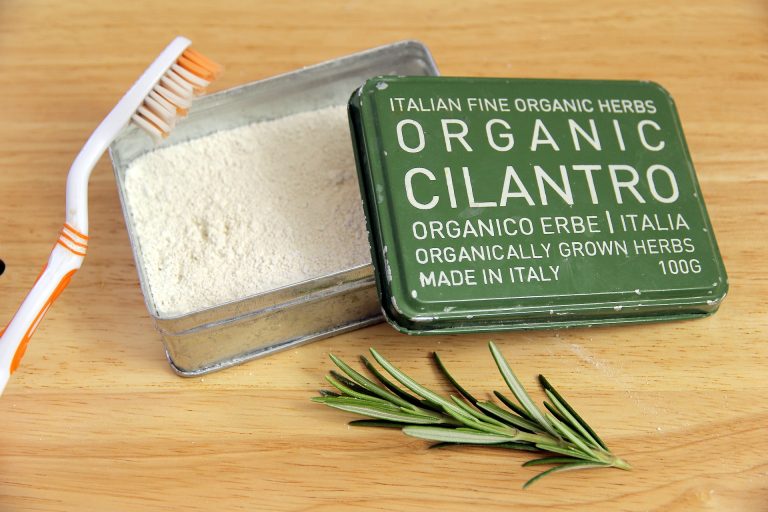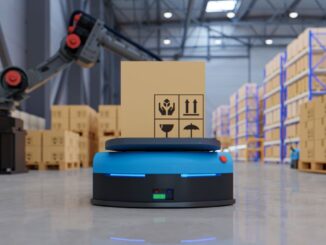
Every year tonnes of toothpaste tubes end up in undifferentiated collection. This is due to several reason. First of all, sometimes they contain mixed materials that are difficult to recycle. Other times, however, it is the consumers themselves who do not know how to dispose of this type of waste in the right way.
Think, for example, of plastic or aluminium tubes: if you throw them into unsorted waste, you make recycling impossible.
There are several solutions to the problem. In addition to taking care to dispose of the packaging properly, you can opt for toothpastes with more sustainable packaging.
Let’s see all the alternatives to toothpaste tubes and their pros and cons.
Toothpaste Tubes Alternatives: Toothpaste Powder
Toothpaste powder generally contains natural ingredients such as sodium bicarbonate, calcium and magnesium carbonate, green or white clay. It can also be enriched with black charcoal with whitening action, xylitol, antibacterial and refreshing essential oils. Normally this type of toothpaste comes with recyclable or reusable glass jars.
The advantage of this toothpaste, besides the more sustainable packaging compared to the plastic tube, is undoubtedly the price. In fact, this type of toothpaste is generally the cheapest – especially if prepared at home. On the other hand, powdered toothpaste is uncomfortable to use compared to paste toothpaste. Moreover, if you don’t use a spatula to pour it over your toothbrush, there is a risk of contaminating the product. It also gives a less “clean” feeling because it does not contain surfactants.
Cream Toothpaste
Cream toothpaste in glass jars is similar to toothpaste powder both in terms of formulation and packaging. Unlike powder toothpaste, cream toothpaste contains ingredients such as aloe gel, glycerine, water or aqueous extracts, which give the product a creamy texture.
Since it contains a percentage of water, it must also contain a preservative to prevent the formation of mould and the proliferation of bacteria. The pros and cons of cream or paste toothpaste are similar to those of toothpaste powder. The only difference is that if it contains a surfactant, cream toothpaste offers a greater feeling of cleanliness and freshness.
Solid Toothpaste
Lately a new format of toothpaste without a tube has spread. This is solid toothpaste, usually packaged on a wooden support. Solid toothpaste usually contains surfactant, powders such as clay and bicarbonate, coconut oil and essential oils. To use it, you have to rub it on a damp toothbrush.
The packaging in this case is even smaller than the previous options and, since it does not have a glass packaging, it is safer to use. Glass jars can in fact break easily – especially in the bathroom, where you often have wet hands. On the other hand, the risk of contamination is higher, since you have to rub your toothbrush rubbing directly on the product.
Toothpaste tablets are the latest addition to zero waste toothpastes and are probably the best solution. They come with glass jars or paper bags and contain surfactants, powders such as clay or bicarbonate, essential oils and other active ingredients. To brush your teeth, you only need to dissolve a single tablet in your mouth, thus avoiding any risk of contamination.








